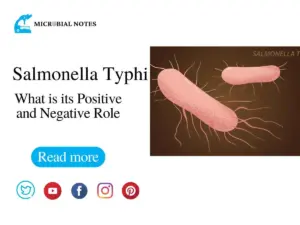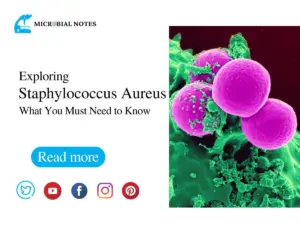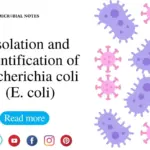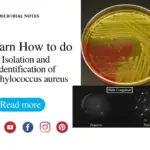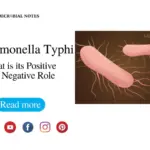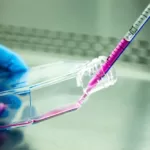Principle of acid fast stain
Most bacterial organisms can be stained with either a simple stain or a Gram stain, but the acid-fast method works much better for a few genera, especially those in the genus Mycobacterium. Since both M. tuberculosis and M. leprae are bacteria that can make people sick, the stain can be used to diagnose these organisms.
Cell walls of bacteria like Mycobacterium and some Nocardia have a lot of lipids. Mycolic acid, which is waxy, is one of the lipids in the cell wall. This substance is a complex lipid made up of fatty acids and fatty alcohols with hydrocarbon chains that have up to 80 carbons.
The characteristic that sets mycobacteria apart from other microorganisms is that they have a thick, waxy (lipoidal) wall that makes it very hard for stains to get inside. Mycobacteria tend to clump together, which makes it hard to see individual cells in stained samples. To avoid or lessen this effect, the smear needs to be carefully prepared.
Put a small drop of water on the slide, suspend the culture in the water, and mix the suspension well to move and spread some of the cells. Once the stain has set in, however, it can’t be easily removed, even with a lot of acid alcohol, which is a decolorizer. Because of this, these microorganisms are called “acid-fast.” All other microorganisms, which lose their color easily when exposed to acid-alcohol, are “non-acid-fast.”
Acid fast reagents
Primary stain
Carbol fuchsin is a dark red stain that dissolves in 5% phenol and is soluble in the mycolic acid that make up most of the mycobacterial cell wall. This stain does get into the mycobacteria and stays there. Heat makes penetration even better by pushing the carbol fuchsin through the mycolic acid cell wall and into the cytoplasm.
Decolorizing agent
Acid-Alcohol (3% HCl + 95% Ethanol) Before the smear is decolored, it is cooled, which makes the waxy cell materials harden. Acid-fast cells won’t be able to be bleached by acid-alcohol because the primary stain dissolves better in the waxes of the cells than in the bleaching agent. In this case, the primary stain stays, so the mycobacteria will stay red. This is non acid fast organisms that are not acid-resistant because they don’t have waxes on their cells.
Counter stain
Methylene Blue This is the last reagent used to stain cells that have already been decolored. As only non-acid-fast cells are decolored, they can now take on the blue color of the counterstain, while acid-fast cells keep the red color of the primary stain.
Material required
- Cultures
- Tryptic soya broth culture of mycobacterium and staphylococcus aureus
- Reagents
- Mentioned above
- Equipment
- Bunsen burner
- Inoculating loop
- Glass slides
- Hot plate
- Bibulous paper
- Light Microscope
- Beaker
Procedure
- Take glass slides
- Prepare bacterial smear on slides by using aseptic techniques
- Allow the smear to air dry and heat fix it by passing it through the burner
- Add carbol fuchsin to the smear and place it in a water bath (prevent stains to boil or dry by adjusting the temperature) for 5 minutes
- Rinse with water
- Add drop by drop acid alcohol to decolorize the slide
- Rinse with water
- Add methylene blue for 2 minutes
- Wash the slide with water
- Let the slides air dry
- After drying, observe under a light microscope
Acid fast staining results
Acid fast stain positive: Pink colonies observed on the slide
Acid fast stain negative ( non acid fast) blue colonies observed on the slide
References
Prescott’s Microbiology

